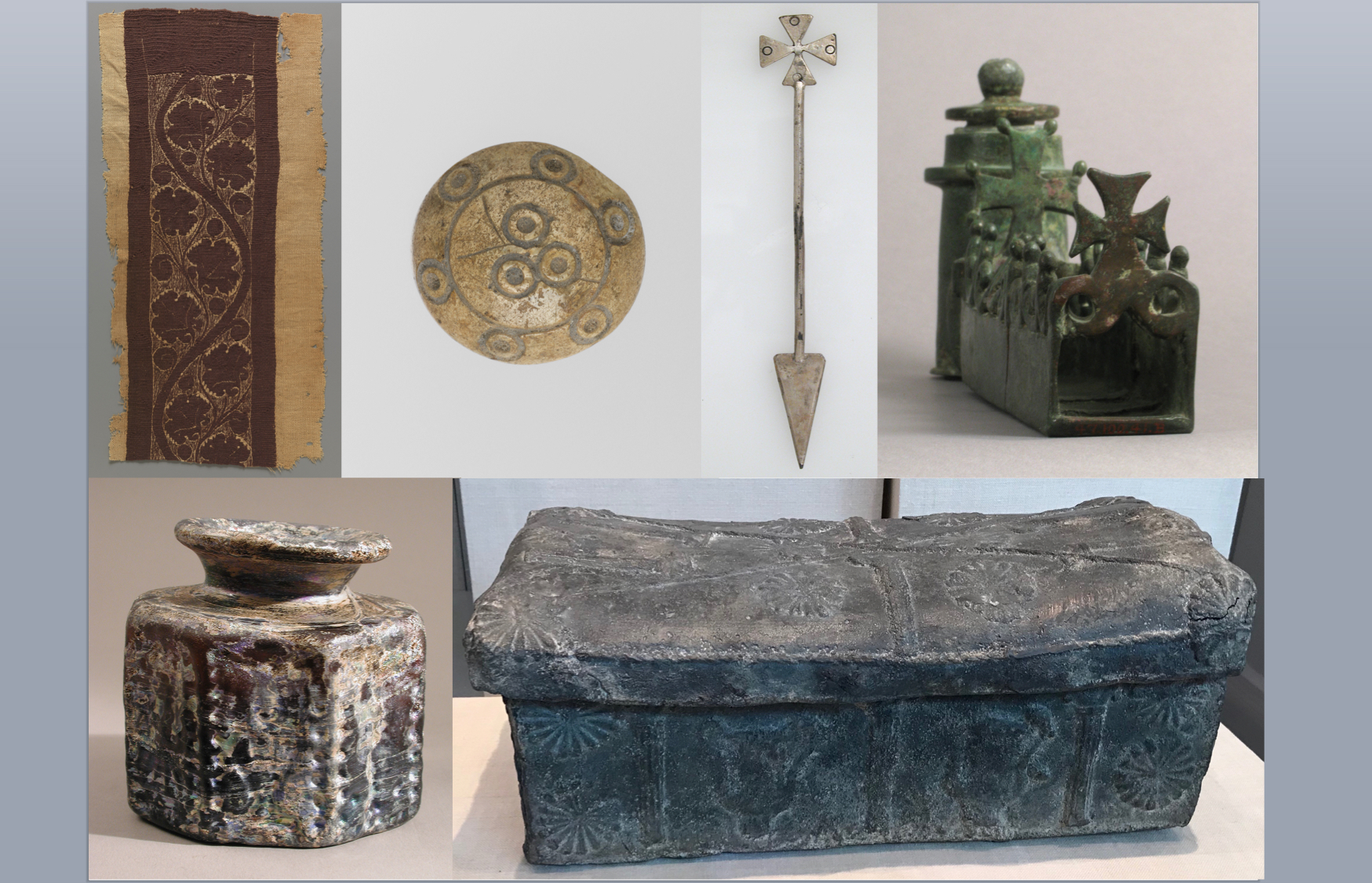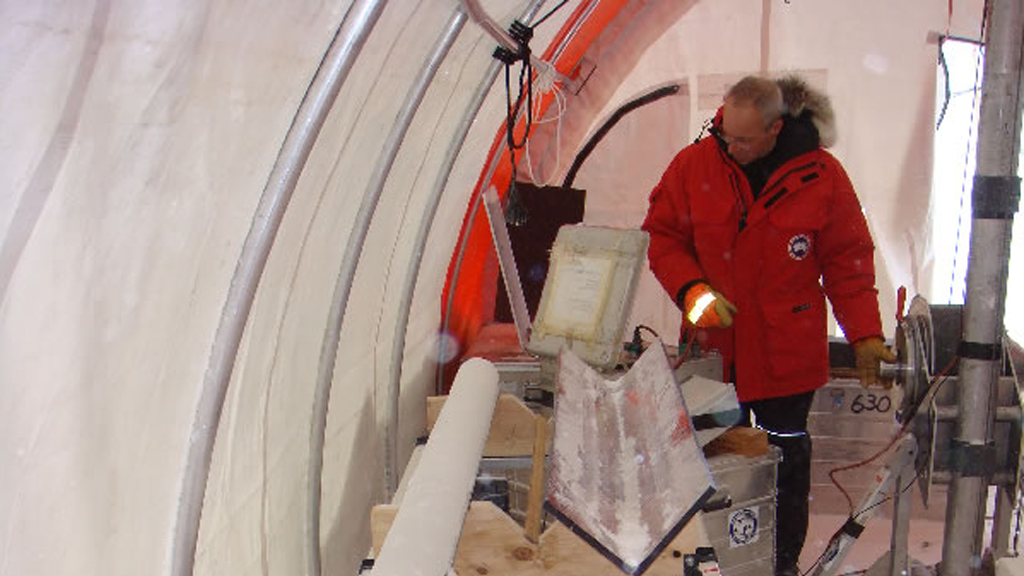Just a note on something icy on a hot summer day. As we wrote in New Rome, in a section excerpted in Lapham’s Quarterly, Roman age smelting of silver-lead ore has left signals across the North Atlantic world in the form of anthropogenic heavy metal contamination of soil, sediment, and ice. Cores extracted from glaciers in Greenland and the Arctic show a sudden and dramatic rise in the deposition of atmospheric lead pollutants between c. 100 BCE and CE 100.
Lead is released by the smelting of a range of metallic ores, including those mined for copper and gold, tin, zinc, and silver, and from lead itself. In each location the levels of lead pollutants fall away rapidly toward 400, only beginning to rise again after 800, and not reaching Roman levels until c. 1700. In none of these locations is there any evidence for contemporary mining and smelting of metallic ores, which would have produced the contamination.
Roman-age pollution in the North Atlantic world is the direct result of fluctuations in the intensity of smelting that took place thousands of kilometers to the south, releasing into the atmosphere lead aerosol particles that were conveyed great distances within the northern hemisphere’s atmospheric transport system and deposited by precipitation. The origin of the lead in Greenlandic ice has been confirmed by geochemistry (isotope analysis). Spain was the source of up to 70 percent of the heavy metal pollution at its peak in the first century. Contamination is far greater the closer one gets to its source. In an ice core taken from the Col du Dôme glacier in the French Alps, the magnitude of lead contamination is one hundred times greater than that recorded in Greenland in the first century BCE, reaching a lower peak in c. 100, before falling steadily and dramatically to its lowest point in the sixth century.
In contrast, there are no spikes in lead pollution evident in any of ice cores extracted in Antarctica before around 1890. There is a steady, gradual increase in lead concentrations, reflecting the emergence of metallurgy in the southern hemisphere after CE 1500. Concentrations of lead triple from ~0.6pg g-1 in CE 1650 to ~1.8pg g-1 in CE 1885, then triple again to ~5.4pg g-1 before 1900. The isotopic signature of the lead relates it directly to the commencement of silver-lead mining at Broken Hills, and smelting at Port Pirie, in southern Australia.
According to a team of scientists, principally from the Desert Research Institute:
Concentrations remained high until the late 1920s, with a temporary low during the Great Depression (~1932) and again at the end of WWII (~1948) when concentrations dropped back to mid-19th century levels. Concentrations increased rapidly to 5.7 pg g−1 by 1975 and remained elevated until the mid-1990s. Concentrations during the early 21st century were ~3.7 pg g−1 lower than the peak 20th century concentrations but well above background levels before the start of the Industrial Revolution.(1)
This study draws on sixteen separate cores “from widely spaced coastal and interior sites”. It confirms and expands earlier, similar findings from a study of only the Law Dome glacier.(2)
The contrast between northern and southern hemisphere lead pollution highlights the scale and impact of Roman age smelting.
Notes
(1) J. McConnell et al., ‘Antarctic-wide array of high-resolution ice core records reveal pervasive lead pollution began in 1889 AD persists today’, Scientific Reports 07/2014: 4: 5848, 5 pages.
(2) P. Vellelonga et al., ‘The lead pollution history of Law Dome, Antarctica, from isotopic measurements on ice cores, 1500 AD to 1989 AD’, Earth and Planetary Science Letters 11 (2002), 291-306

